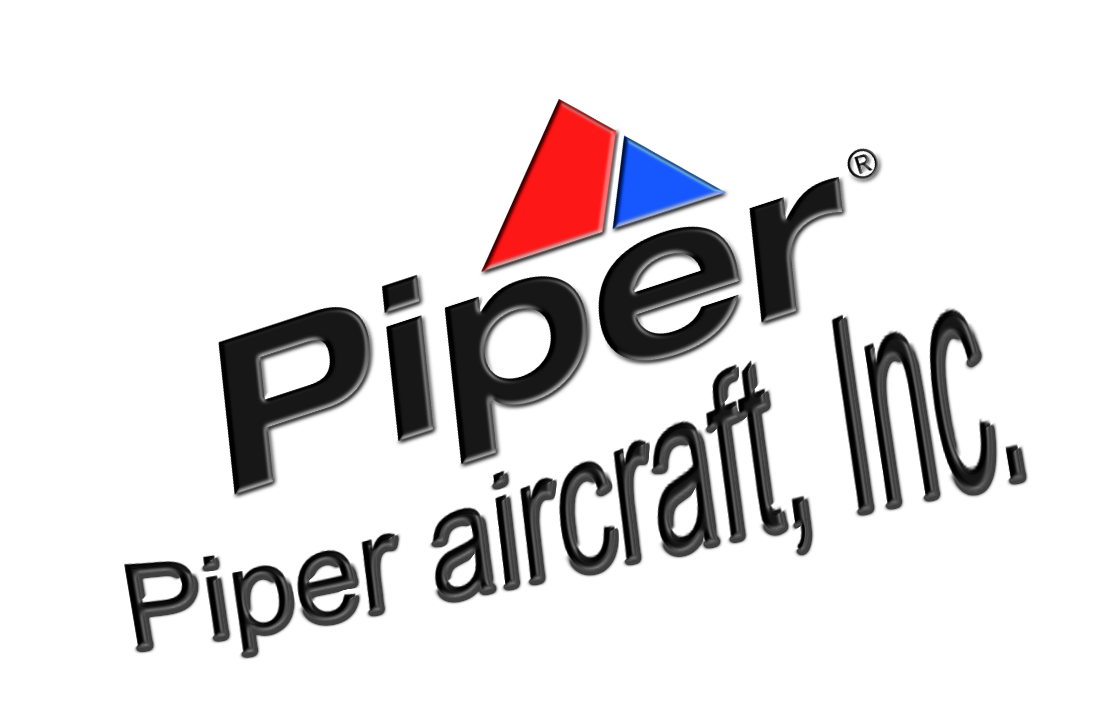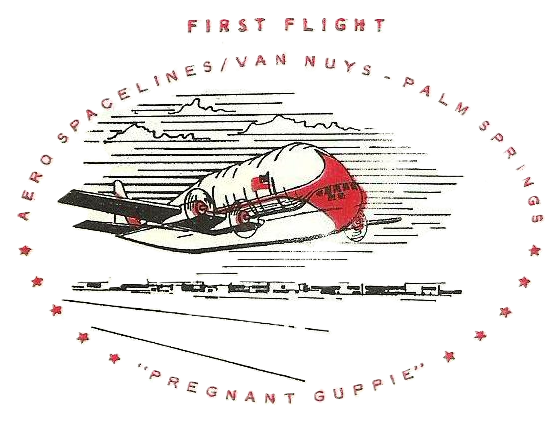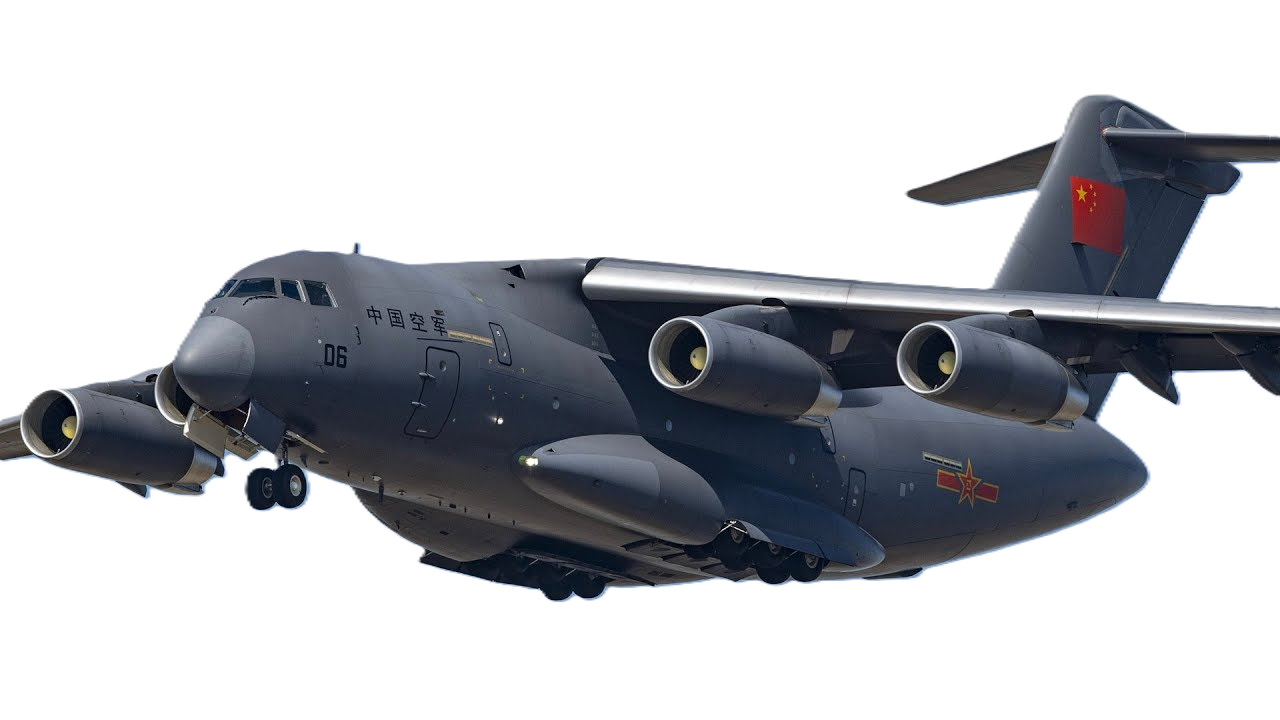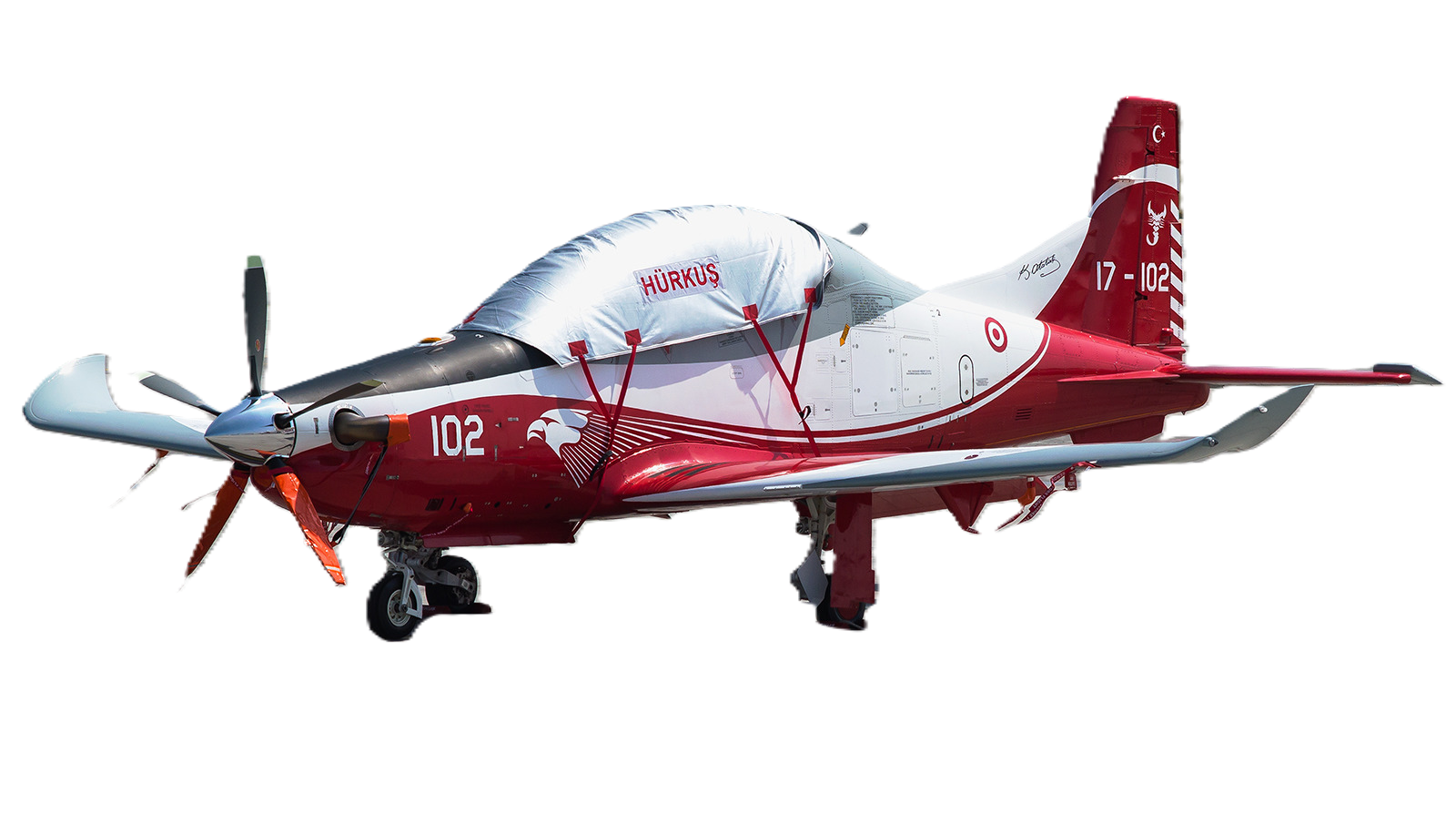Antonov Design
AN-30 "Clank"
 |
|
| General information | |
|---|---|
| Type | Aerial cartography, reconnaissance and transport |
| Manufacturer | Antonov |
| Designer | Beriev |
| Status | Limited service |
| Primary users | Ukrainian Air ForceBulgarian Air Force Romanian Air Force |
| Number built | 123 |
| History | |
| Manufactured | 1971–1980 |
| Introduction date | July 1968 |
| First flight | 21 August 1967 |
| Developed from | Antonov An-24 |
.
History Antonov Company Antonov Design Bureau
Antonov An-30 "Clank"
Manufactured 1971–1980

The Antonov An-30 (NATO reporting name: Clank), is a development of the An-24 designed for aerial cartography.
Development
The first aerial survey version of the Antonov An-24 was designed by the Beriev OKB and designated An-24FK. The FK stood for fotokartograficheskiy (photo mapping).
The prototype was converted from a production An-24A at Beriev's No. 49 construction shop during 1966. The An-24FK made its first flight on 21 August 1967, with state acceptance trials being completed in 1970 and civil certification completed in 1974. Redesignated An-30, production began in 1971 at the Antonov factory.123 production An-30s were manufactured between 1971 and 1980 in Kiev in two main versions
Design

The Antonov An-30 is a derivative of the An-24, fitted with an entirely new fuselage forward of frame 11. The fuselage nose is extensively glazed. Housed within the new nose section are the navigator and precise navigational equipment, including an optical sight for ensuring accuracy of aerial photography. To enable accurate and repeatable survey flights, standard equipment for the An-30 included computer flight path control technology. This additional equipment replaced the radar on the An-24. The positioning of the new navigational equipment required the flightdeck to be raised by 41 cm in comparison to the An-24, giving the aircraft its other main feature, a hump containing the cockpit..
Operational history

In addition to its principal use as a survey aircraft, it has also been used by Bulgaria, Czech Republic, Romania, Russia and Ukraine to carry out surveillance under the Open Skies Treaty.
0
KmCeiling
0
KmCombat RANGE
0
Km/hAircraft Speed
0
Max Crew
Photo Gallery
Antonov Company Antonov Design Bureau
Antonov An-30 "Clank"
Manufactured 1971–1980


Antonov Company Antonov Design Bureau
Antonov An-30 "Clank"
Manufactured 1971–1980
General Info
-
-
- Crew: 7
- Length: 24.26 m (79 ft 7 in)
- Wingspan: 29.20 m (95 ft 10 in)
- Height: 8.32 m (27 ft 4 in)
- Wing area: 74.98 m2 (807.1 sq ft)
-
Powerplant
- Empty weight: 15,590 kg (34,370 lb)
- Max takeoff weight: 23,000 kg
- Fuel capacity: 6,200 L (1,600 US gal; 1,400 imp gal)
- Powerplant: 2 × Ivchenko AI-24TVT turboprop engines, 2,090 kW (2,803 shp) each equivalent
- Powerplant: 1 × Sojuz (Tumanskij) RU-19A-300 turbojet
-
-
Performance
- Maximum speed: 540 km/h
- Cruise speed: 430 km/h
- Range: 2,630 km ((with no reserves)
- Service ceiling: 8,300 m )
- Take-off run: 710 m (2,329 ft)
- Landing run: 670 m (2,198 ft)
Related development
-
- Antonov An-24
- Antonov An-26
- Antonov An-32
Aircraft of comparable role, configuration, and era
.
Links to Youtube & Others
The Antonov An-30 (NATO reporting name: Clank), is a development of the An-24 designed for aerial cartography.
Antonov Bureau
An-30"Clank"
In addition to its principal use as a survey aircraft, it has also been used by Bulgaria, Czech Republic, Romania,
Youtube Link
The An-30 was powered by two Ivchenko AI-24VT turboprops with a takeoff rating of 2,820 ehp











.png)


